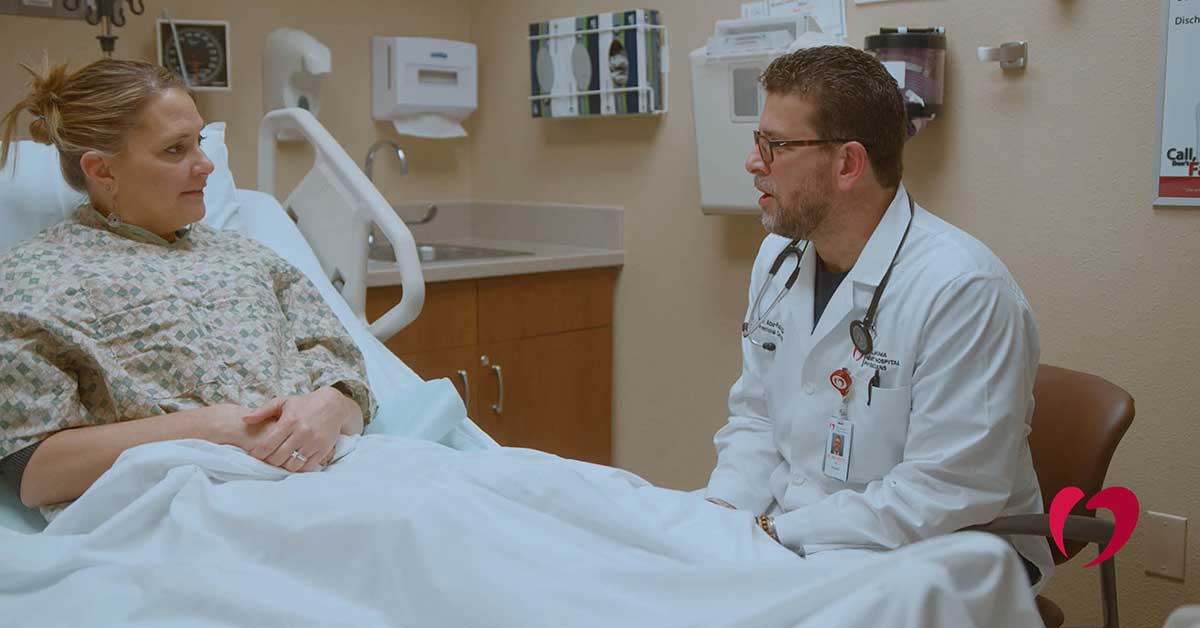Preventing Hospital-Acquired Infections

Hospitals are places of healing, but they can also be places of risk. People are typically in the hospital because they are seriously ill or injured or they need an in-patient surgical procedure and monitoring. Because most hospital patients already have lowered immunity from their existing illness or injury, they’re at higher risk for picking up an additional infection.
Nosocomial infections, otherwise known as hospital-acquired infections, occur when a patient who is already in the hospital gets an infection. They can also occur in other healthcare settings, including outpatient surgery centers, nursing homes, and other facilities. In many cases, that new infection can complicate their existing illness and extend their hospital stay.
Types of hospital-acquired infections
Data from the Centers for Disease Control and Prevention (CDC) shows that about 3% of hospital patients experienced a hospital-acquired infection in 2017, the latest data available. There are many different types of infection that can occur, including:
-
MRSA (Methicillin-resistant staphylococcus aureus)
-
C. Diff (Clostridioides difficile)
-
Flesh-eating bacteria (Necrotizing fasciitis)
The hospital’s role in preventing hospital-acquired infections
Oklahoma Heart Hospital has many different protocols in place to reduce the number of hospital-acquired infections that may occur. These include everything from regular sanitation of hard surfaces throughout the hospital to regular hand washing by all staff members to wearing gloves and other protective attire when treating patients, especially those with known infections.
Preventing patient infections is a full team effort with everyone from doctors and nurses to environmental services and food and nutrition contributing. Our staff members receive regular training on the necessary steps to reduce risk of infection for all patients.
The visitor’s role in preventing hospital-acquired infections
One of the most important ways visitors can help reduce the risk of infection is by following basic hygiene protocols. This includes regular handwashing or use of hand sanitizer from one of the many wall-mounted dispensers in our hospitals.
Hospitals are busy places with lots of germs, and those germs can be lurking unseen on many different surfaces. Please be aware of any surfaces you touch, such as door handles, bedrails, or call buttons. We recommend that visitors wash their hands or use sanitizer upon entering the room and leaving the room of the person they are visiting. This helps prevent the spread of any infection between patients.
Hospital-acquired infections don’t only occur in hospitals. These infections, and many others that can put patients at risk, occur in the general public as well. If you’re not feeling well for any reason, we ask that you do not visit a hospital patient until you are completely free of symptoms. This includes gastrointestinal symptoms, coughing, sneezing, fever, or other symptoms of possible illness.
By working together as healthcare providers and friends and family of patients, we can help reduce the risk of hospital-acquired infections for all patients.
